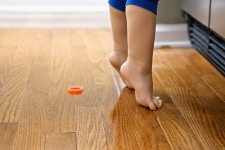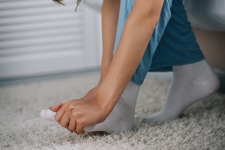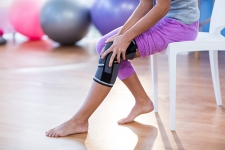Stress Vs. Sprain
Stress injuries tend to take place over time. This group of soft-tissue injuries is also known as overuse injuries. That is because this type of injury typically has to do with repetitive motions. Tendinitis is the classic example of a repetitive motion stress injury. Sports injury specialists commonly see this soft-tissue injury. As explained by the AAOS, baseball players, golfers, swimmers, and tennis players tend to experience this inflammation of the tendons in their arms and shoulders.










